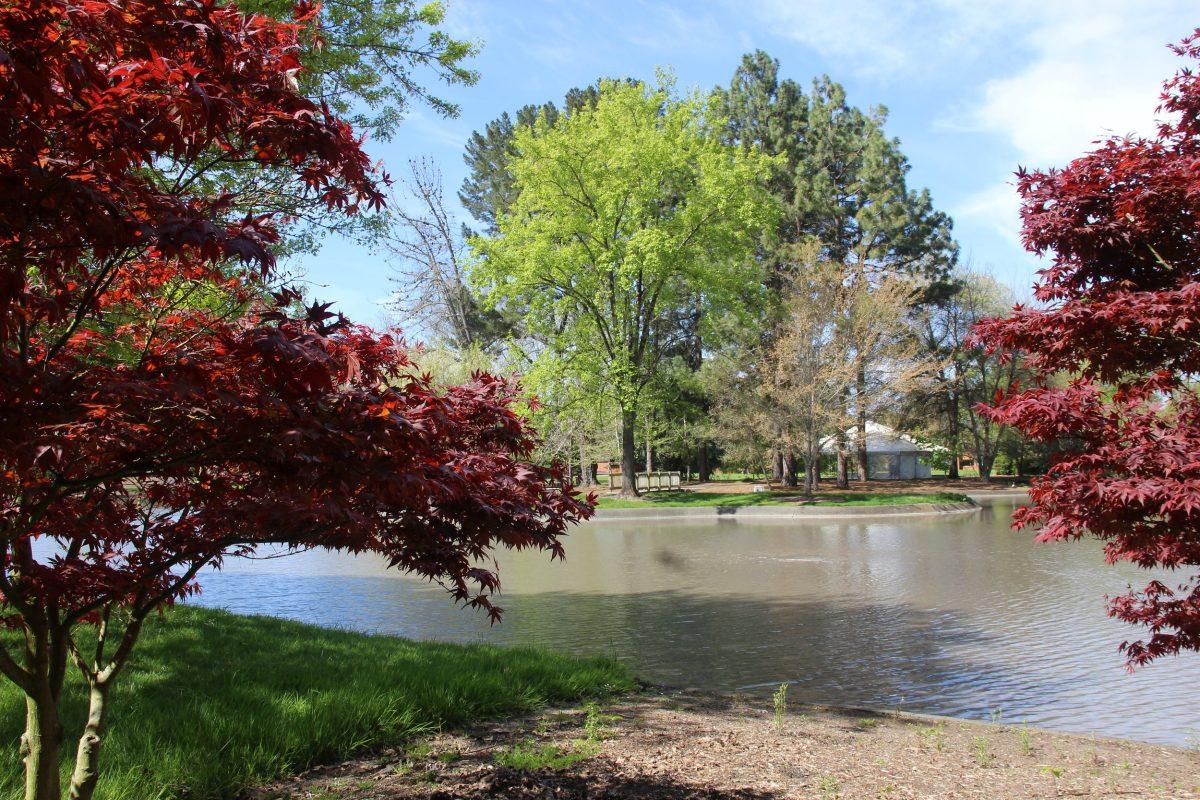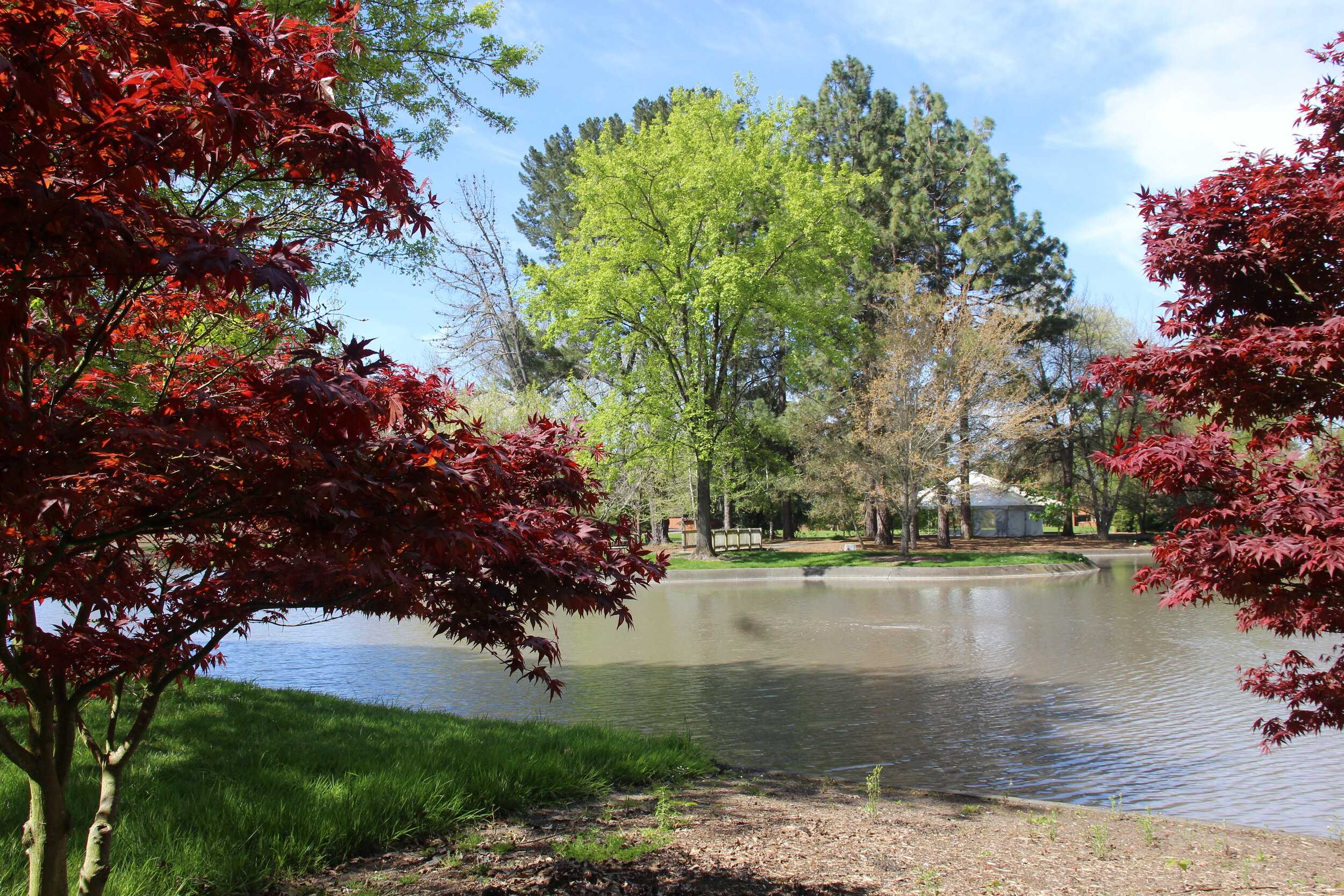On Sept. 5, sometime during the window of hours between 11 p.m. and 3 a.m, a rape occurred on Sonoma State University’s campus. The crime occurred near the lake area, somewhere west of the G parking lot. Five days after the incident, a timely warning was sent out via email to students. Details surrounding the case are not yet available due to an ongoing investigation, but one thing is sure: sexual assault crimes on college campuses across the nation are frightening students and becoming an increasingly relevant discussion.
“It makes me feel uneasy and unsafe,” says a Sonoma State student who wishes to remain anonymous, “like I can’t walk around alone without having some means of protecting myself.” She adds that she loves to walk at night and enjoy the cool air, but that “it’s just not safe to do it alone.” This fear is a familiar feeling to many college students across the United States, and for good reason. The Rape, Abuse & Incest National Network, which is the organization that runs the National Sexual Assault Hotline, states that 11.2% of all graduate and undergraduate students have experienced a sexual assault. Additionally, female college students (ages 18-24) are estimated to be 20% more likely to be sexually assaulted than non-students in the same age group.
While reported sexual assaults have increased exponentially across the nation in the past few years, it is unclear whether this is a result of crimes actually increasing, or victims simply becoming more likely to come forward and share their experiences due to increased support from their peers. Paul Gullixson, Associate Vice President for Strategic Communications at Sonoma State University, believes this to be the case.
“As studies have shown, part of this increase can be attributed to improved reporting of crime statistics by higher education as well as an increased willingness of victims to report such assaults, thanks to increased focus on informed interviewing techniques of survivors and increased awareness from the #MeToo movement and other campaigns,” says Gullixson. “From that perspective,” he continues, “we are glad that more individuals, particularly women, are coming forward when assaults occur and hope to continue to work on responding to these reports quickly and creating an environment where students feel their safety and privacy are protected.”
Sonoma State has taken a number of measures in recent years to combat sexual assault crimes- including hiring a confidential advocate, a new police officer and two new investigators, swearing in a Detective Seargent for the University Police Department, deploying police officers to patrol campus via motorcycle and bicycle, developing an online reporting system, and more. While it is clear that Sonoma State is working to improve campus safety, concerns among students are still present, including the frequently discussed issue of lighting on campus at night, which many students feel is lacking. With every new timely warning revealing a rape on campus, tension and uncertainty seem to build among students.
David Dougherty, Chief of Police on campus, suggests that students demonstrate an awareness of their surroundings at all times, avoid poorly lit areas, not become distracted by cell phone use while walking, and use the “buddy system” after dark, among many other safety precautions. “We all work together in support of campus safety,” Dougherty says.
The University website reminds students to always report suspicious activity to campus police immediately; an action that could make a difference in the outcome of a potential assault.




































